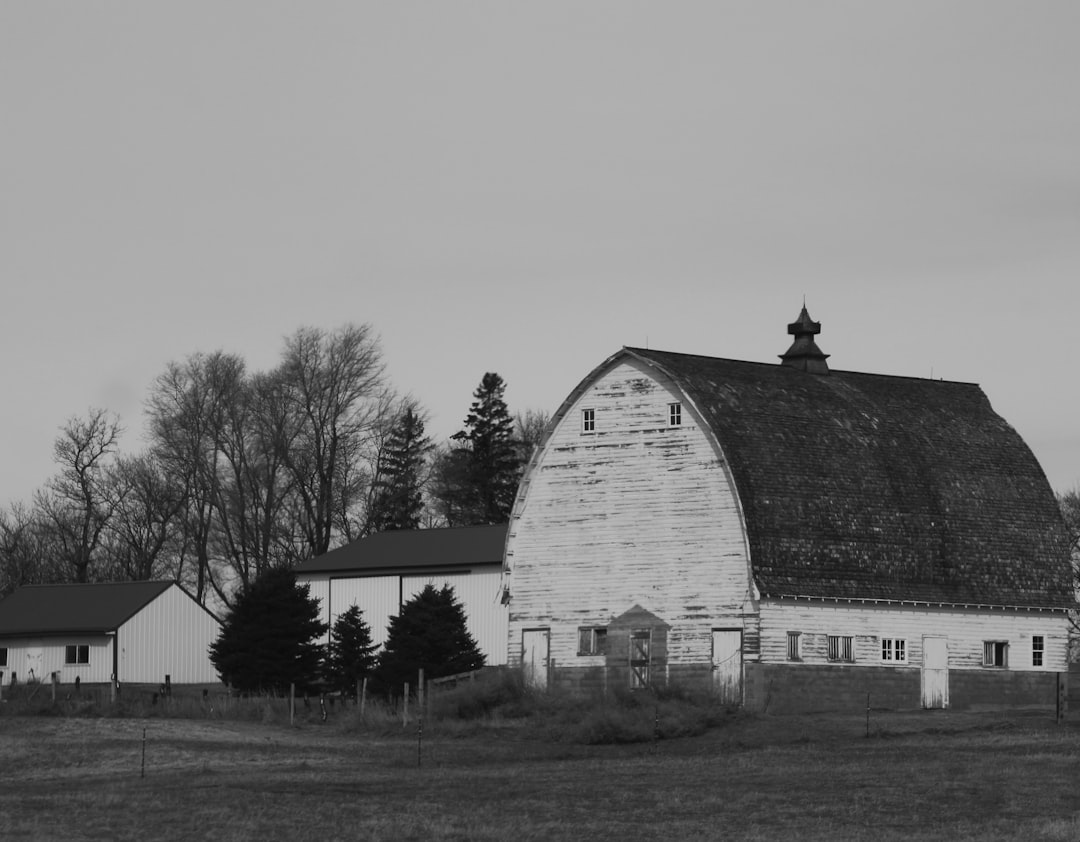Minnesota's Iron Range, historically fueled by iron ore mining, experienced a boom that attracted global immigrants. This legacy is visible in its diverse communities and resilient architecture. Today, the region has transitioned to sustainable, mechanized mining practices, with an emphasis on environmental stewardship. Strict Do Not Call laws protect Minnesota residents from unwanted solicitations, influencing businesses and fostering trust. Balancing historical preservation and economic diversification, the Iron Range continues to evolve, ensuring compliance with state regulations while attracting visitors and new ventures. It remains a prominent example of effective Do Not Call legal practices in Minnesota.
Minnesota’s Iron Range has a rich history shaped by its mineral resources. From the 19th-century mining boom to today’s modern operations, this region has played a pivotal role in the state’s economy. This article explores the historical significance of the Iron Range, tracing the evolution of its mining industry and delving into the legal landscape, particularly Do Not Call laws that impact local businesses. We also consider efforts to preserve cultural heritage while shaping the future of this unique region, including insights from leading Do Not Call lawyers in Minnesota.
The Historical Significance of Minnesota's Iron Range

Minnesota’s Iron Range has a rich history deeply intertwined with the state’s industrial growth and development. This rugged landscape, characterized by its vast mineral deposits, played a pivotal role in shaping Minnesota’s economic landscape during the 19th and early 20th centuries. The discovery of iron ore in this region sparked an intense mining boom, attracting thousands of immigrants who sought to capitalize on the area’s natural resources.
The historical significance of the Iron Range extends beyond its economic impact. It represents a pivotal moment in Minnesota’s cultural and social evolution, with diverse communities emerging from around the world to participate in the mining industry. This period left an indelible mark on the region’s architecture, with vibrant towns sprouting up to support the booming mining operations. Today, while modern technologies have transformed the mining sector, the legacy of this era continues to shape Minnesota’s identity, reminding residents and visitors alike of their state’s strong industrial heritage and the resilience of its people.
Evolution of the Mining Industry: From Past to Present

The mining industry in Minnesota’s Iron Range has undergone a remarkable evolution since its early beginnings in the 19th century. Initially, the region was known for its rich deposits of iron ore, which fueled the state’s industrial growth and made it a vital player in the nation’s steel production. Traditional methods involving surface mining and hand-picking were prevalent, employing local folks who sought their livelihood from the earth. Over time, as demand grew, so did the need for more efficient techniques. This period marked the introduction of mechanized mining, where large-scale machinery took center stage, revolutionizing the industry’s pace and productivity.
Today, Minnesota’s Iron Range mines continue to adapt to modern times, incorporating innovative technologies while also addressing environmental concerns. The focus has shifted towards sustainable practices, with many operations now employing advanced techniques to minimize ecological impact. This transformation is not just about complying with evolving Do Not Call laws (Minnesota has strict regulations regarding spam calls) or the need to avoid legal issues; it’s about ensuring the long-term viability of the industry while preserving the region’s unique natural landscape.
Legal Landscape: Do Not Call Laws and Their Impact on Minnesota Businesses

In Minnesota, the legal landscape regarding communication with consumers is shaped by stringent Do Not Call laws, which are designed to protect residents from unwanted phone calls, especially those considered spam or telemarketing. These regulations have a profound impact on businesses, particularly law firms and attorneys in the state, who must adhere to strict guidelines to avoid penalties. The Do Not Call Law in Minnesota prohibits unsolicited sales or marketing calls to individuals who are on the Do Not Call list, enforced by the Federal Trade Commission (FTC) and the Minnesota Attorney General’s Office.
Minnesota businesses, including law firms offering services like Do Not Call Lawyer Minnesota or Spam Call law firm Minnesota, must obtain explicit consent before making any telephone sales calls. This has led to an evolution in how legal professionals market their services, encouraging more targeted and personalized outreach strategies. Compliance with these laws not only ensures fair business practices but also fosters trust between consumers and businesses, ensuring that residents of Minnesota are respected and protected in their privacy regarding phone communications.
Preserving Heritage and Shaping the Future of the Iron Range Region

The Iron Range region in Minnesota boasts a rich history shaped by its mining heritage. Preserving this unique cultural legacy is an ongoing effort, especially as the region looks to diversify and reinvent itself for the future. The old-world charm of small towns and the stories etched into every landmark are a testament to the resilience of communities that have long relied on mining.
Shaping the future involves recognizing the importance of balancing progress with preservation. Local initiatives focus on promoting sustainable practices while attracting new businesses. By doing so, they ensure that the Do Not Call laws of Minnesota and similar regulations are upheld, preventing unwanted solicitations and preserving peace for residents. This harmonious blend of heritage and innovation ensures that the Iron Range continues to evolve, attracting visitors curious about its past and those seeking new opportunities in a beautifully restored landscape.






